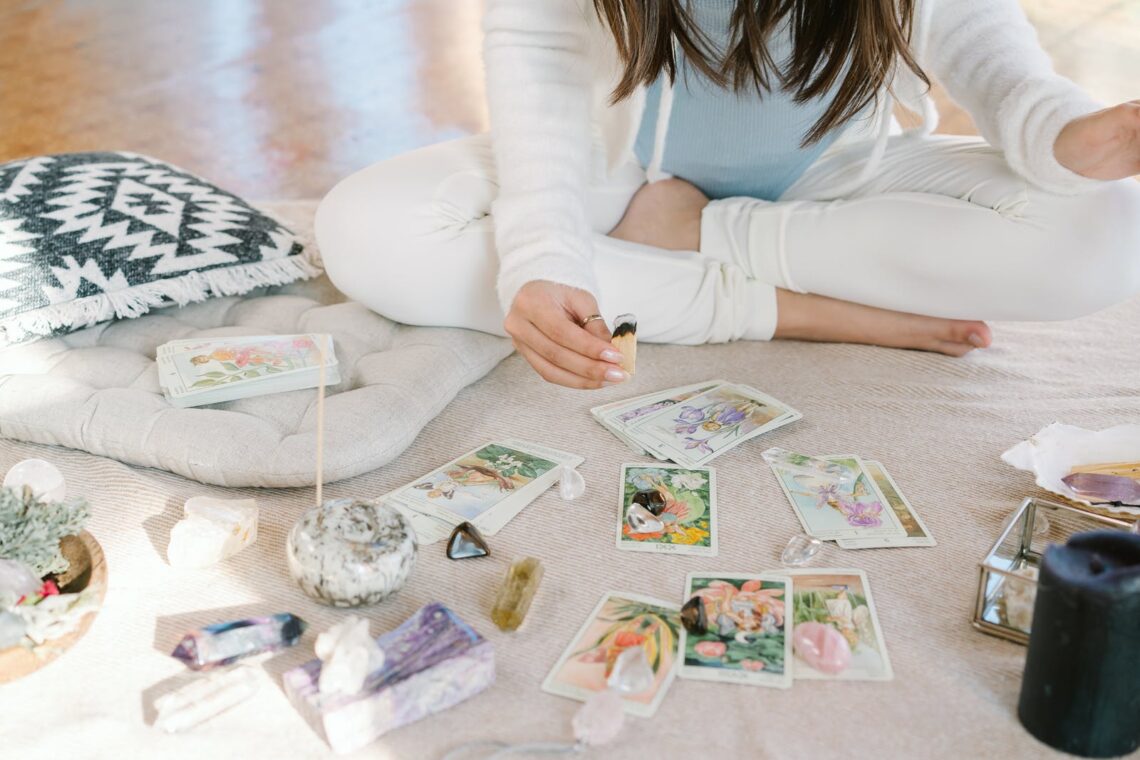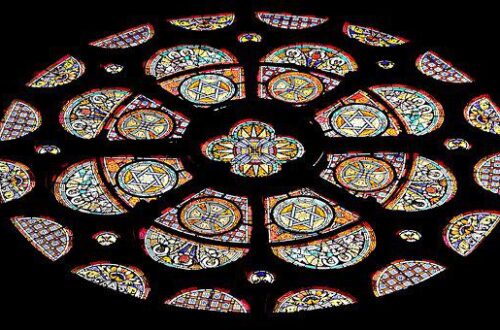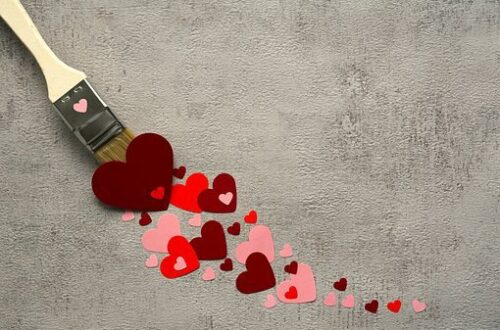
Items needed when casting spells
Items needed when casting spells
Dorje is usually three-armed and bulging in the middle. It is held in the right hand. In Tibetan tradition, dorje are often decorated with the head of a water monster at the base of each tusk. The dorje is also often depicted as a lotus flower with eight petals, representing the Dharma realm.
This double-ended ritual object is also known as a “vajra” in Sanskrit. It is a solid metal object decorated with ornaments. The cylindrical center has four spokes that extend outward and meet at both ends. The exterior of the Dorje shows signs of tarnishing, suggesting that it was cast much later than the A6211 bell.
Dorje is often used in Tibetan rituals and paired with the bell. Dorje and bell are moved together in formal gestures during prayers and are often kept on lamas’ cells. The dorje is also called a “vajra.” The word “vajra” comes from the name of a weapon used by the god Indra in Indian iconography. It was later translated as meaning “adamantine” and adopted into Tibetan Buddhism. Thus, it became an important symbol of the Buddhist path.
Buddhist prayer bells
Buddhist prayer bells are used to call on heavenly deities for protection and peace. The bell is often made of gold and is decorated with a crown-like design. It also symbolizes the voice of the Buddha. Buddhists believe that the sound of the bell is equivalent to the sound of the Dharma, which is the heavenly law. Buddhist prayer bells are used by monks and others during rituals to help create a sense of order among worshippers. They also act as a method of indicating the outcome of prayers.
Tibetan Buddhist monks use bells known as DorJe in their rituals. They are very intricately carved and represent the lightning bolt of enlightenment. Buddhists believe that the sound of Dorje is a powerful and effective way to bring about enlightenment.
Buddhism teaches mindfulness, and Buddhist prayer bells help develop this trait. They help focus attention and draw the mind away from worries or the past. Several Buddhist prayers begin with the sound of a bell, and many devotees ring bells when they enter a temple or respond to a call to worship. In addition to being a powerful aid to meditation, Buddhist bells symbolize the Buddha’s voice summoning heavenly deities.
The origin of the Buddhist prayer bell is largely unknown. However, there is a story about a bell that was stolen by a Portuguese colonizer. In the early 16th century, the Portuguese had dominion over the region surrounding Lower Burma. A Portuguese man named Filipe de Brito was assigned to protect the country, which included the region around it. The king was furious, and his advisors suggested using coins to cast a giant bell in honor of Buddha. The Great Bell was then donated to the Shwedagon Pagoda, which is located in present-day Yangon.
Incense burners
Incense burners are tools that are used to burn incense for various rituals. They can be simple or decorated, and most have a hole in the top where the incense is placed. The holes also allow the smoke to disperse in a controlled manner. Incense burners are usually made of clay or ceramic and come in many different styles.
Frankincense is used in various rituals to invoke positive energies. It has a long history of use in cultures around the world and has many medicinal uses. Frankincense is often used to relieve stress and depression, while sandalwood helps open the third eye chakra. Both types of incense have calming properties and are commonly used in temples and monasteries.
Burning incense is a traditional practice associated with many different religions, but is also commonly found in homes and yoga studios. It is widely believed that the smoke from burning incense removes negative energies and enhances positive ones. Although incense can be a fire hazard, it is often used in religious and spiritual rituals.
Sticks of incense are used in Buddhist rituals to attract the gods and purify a room. Burning incense sticks represents the Three Treasures: the Buddha, the dharma and the sangha. Burning incense sticks together is said to burn away the negative aspects of our nature and reveal the true self within. The incense sticks are made from natural ingredients and have a unique aroma that evokes positive feelings in the mind.
Tallit
A tallit is a garment used in Jewish religious rituals. It is used to cover the head during prayer and create a personal prayer space. Wearing a tallit is said to enhance the intention of prayer. It is traditionally worn during morning prayers, as well as during the Kol Nidre service on Yom Kippur. The tallit can be made of wool or linen. However, there are Biblical prohibitions against wearing linen or wool.
The tallit is also used in funeral rituals. Jewish dead are buried in a tallit with one corner cut off. The old tallit is then donated to a synagogue or Jewish library. They are also used to wrap redundant or worn-out documents and photocopies. During funerals, the deceased are buried with the tallit, and the old one is given to the synagogue.
During the recitation of the Shema, the tallit is an important part of the prayer. In the morning, one should hold the tallit in the left hand. One may also recite the Torah scroll while wearing the tallit. This is done in the morning, but should not be worn at night.
Many believers wear the tallit on Yom Kippur. This is the holiest day in the Jewish calendar. The prayer “Kol Nidrei Kol Nidrei KHal Nidrei” is intoned just before sunset.
Cauldron
The cauldron is a versatile object that is useful in many rituals. Its symbolic meanings have been passed down through the centuries. In modern spells, the cauldron symbolizes the womb and is often used for fertility spells and abundance magic. It can also be used for divination.
The cauldron is commonly used on altars and makes an excellent accessory. The cauldron represents fertility and the womb, so it is a beautiful addition to the altar. In many rituals, the cauldron is used to invoke the spirit and summon gods and goddesses.
The cauldron is a useful ritual tool for making moon water. The three-legged cauldron can also be used as an oil burner. A tea candle can be used to burn in the cauldron along with various blends of oils. The flames from the candle help to concentrate energy.
The cauldron can also be used in shamanic rituals. The shape of the cauldron allows the liquid to evaporate faster. The lid also slows down the evaporation process and collects condensation. It also helps retain heat after cooking. Whether you want to burn herbs or dry smudge sticks, the cauldron is a useful tool.
The cauldron can be large or small, depending on the size and purpose of the ritual. Larger ones are useful for outdoor rituals, while small cauldrons are ideal for use on the altar. In general, the cauldron sits on three legs, and the opening should be smaller than the widest part of the bowl. The ideal cauldron is made of cast iron, but other metals are often used.




